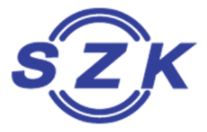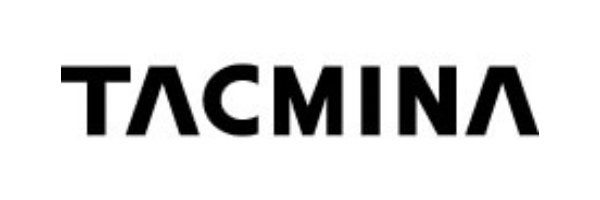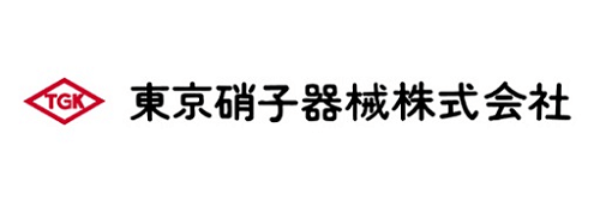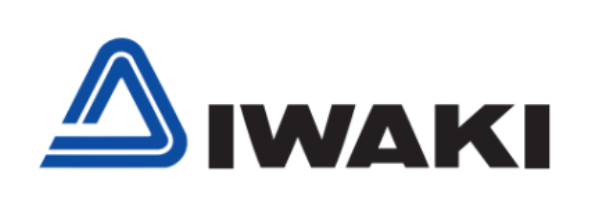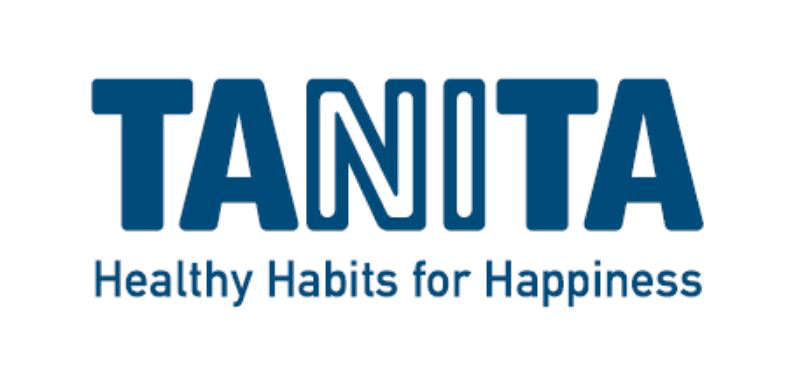Residual chlorine meter / List of 14 manufacturers
What is a Residual chlorine meter?
A residual chlorine meter is a device used to measure the amount of chlorine remaining in water. Chlorine is commonly used for water disinfection and sterilization, making it important for the quality control of drinking water and swimming pool water. Excess chlorine can be harmful to human health, while insufficient chlorine may not provide adequate sterilization. Residual chlorine meters typically use chemical reactions to measure chlorine levels quickly and accurately, ensuring the safe and clean supply of water.
Application of Residual chlorine meter
✅ Swimming Pool Water Quality Management
Residual chlorine meters are used to maintain the appropriate chlorine concentration in pool water, ensuring that the water remains hygienic. Excessive chlorine can irritate the skin, while too little may allow bacteria to grow.
✅ Drinking Water Quality Control
Residual chlorine meters are used to check chlorine levels in drinking water to ensure that it is properly disinfected. Maintaining the correct chlorine concentration confirms that the water is safe and clean to drink.
✅ Industrial Water Management
These meters are also used for managing industrial water and cooling water. Incorrect chlorine levels can lead to poor water quality, potentially damaging equipment.
✅ Water Treatment Plant Operations
Water treatment plants regularly measure the residual chlorine to manage the chlorine levels used in water treatment processes. This ensures the safety of the treated water.
➡️ We are looking for companies in Thailand that handle and provide demo units of Residual chlorine meter.
➡️ MAB THAILAND is seeking distributors, sales partners, and manufacturers for Residual chlorine meter.
➡️ Please feel free to contact us!
Manufacture list of Residual chlorine meter
※Includes information on some trading companies
